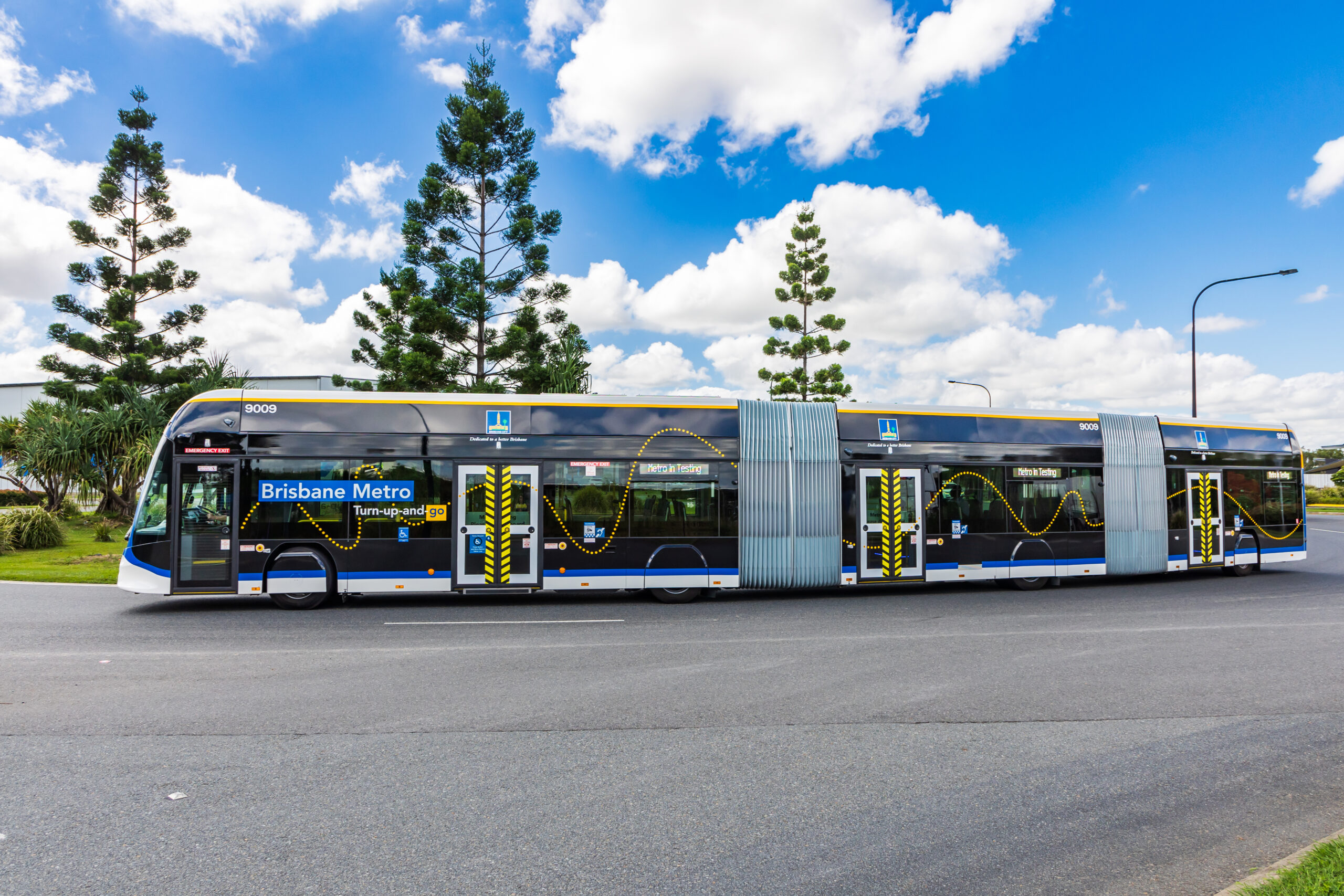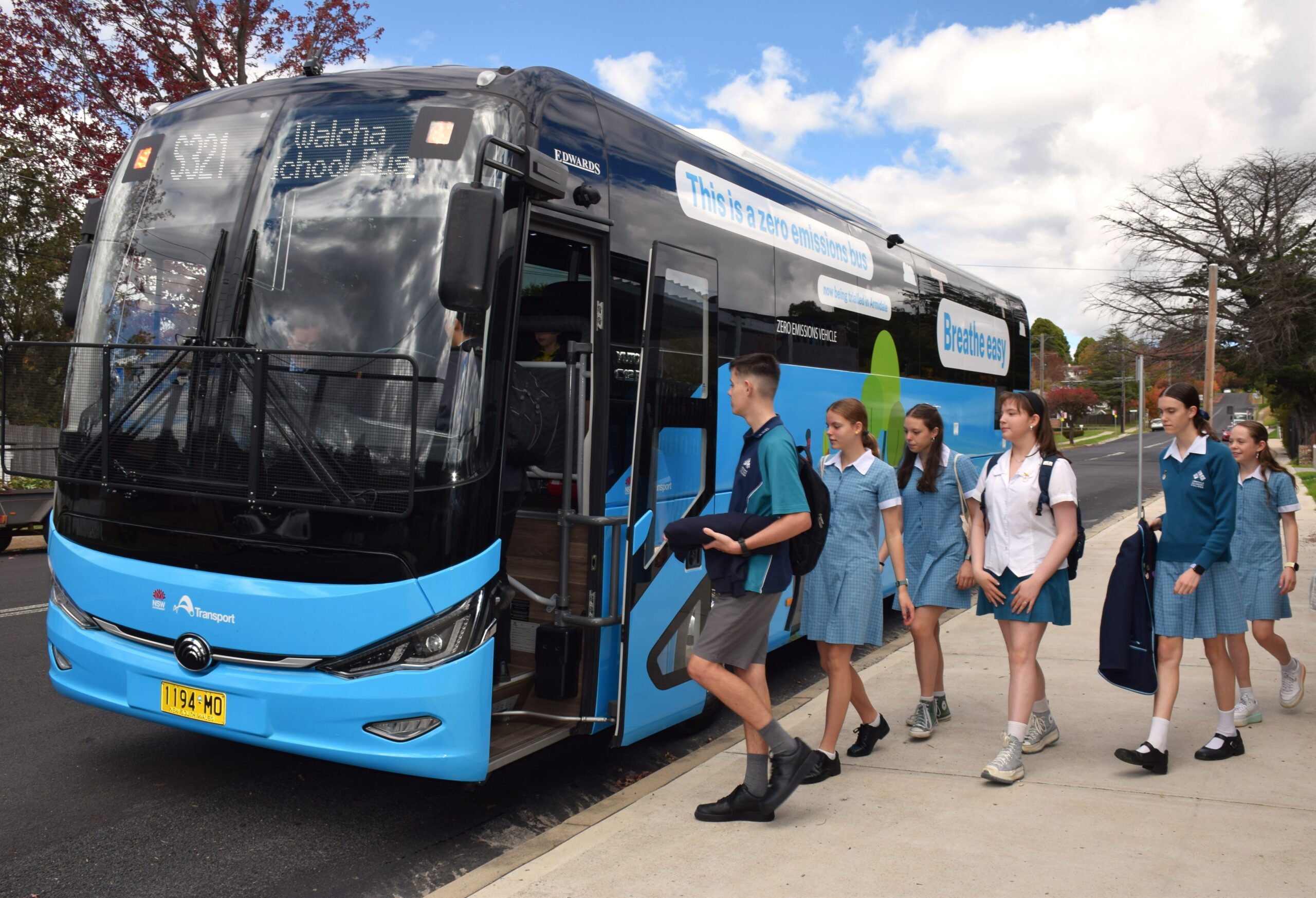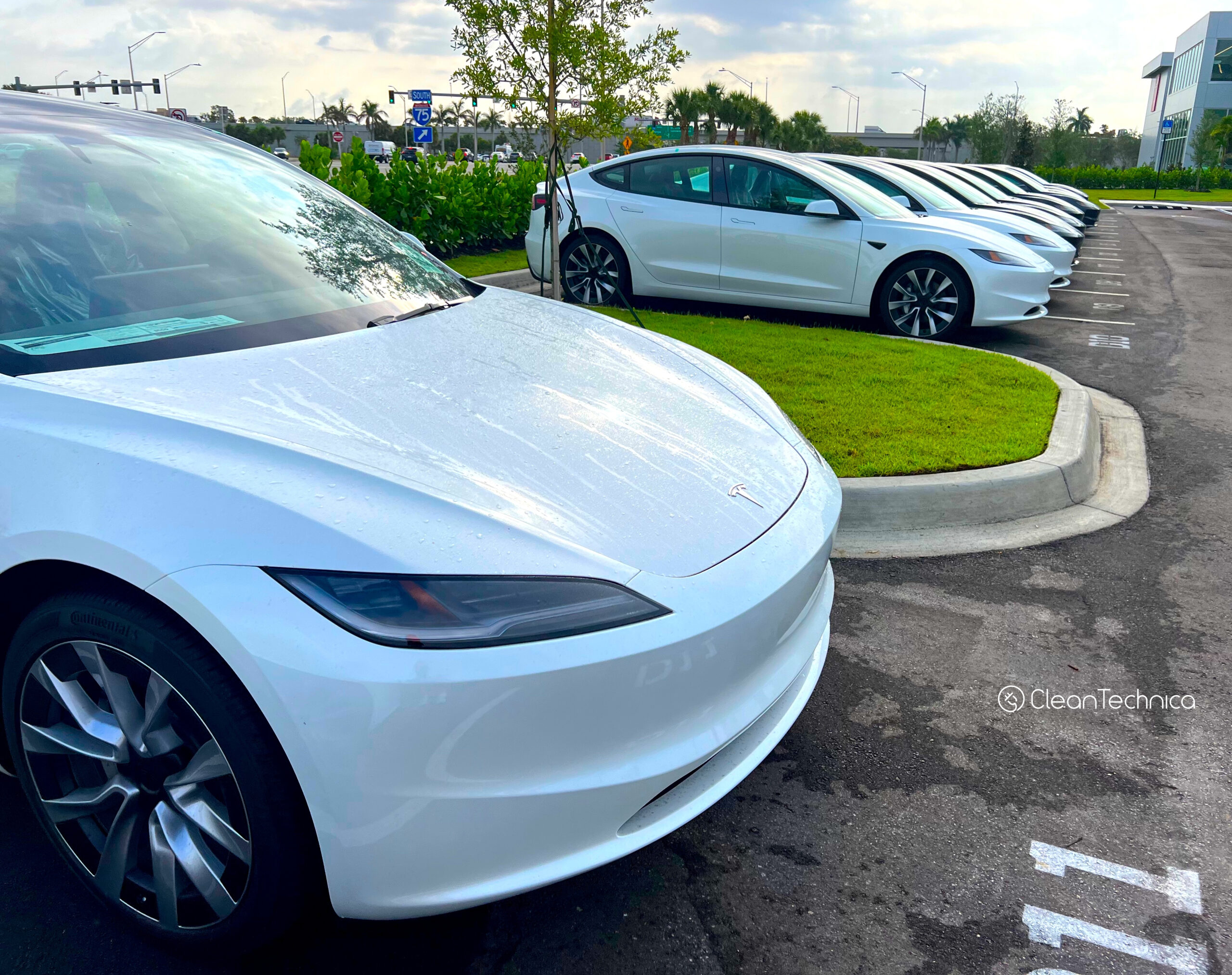Sign up for daily news updates from CleanTechnica on email. Or follow us on Google News!
The 2024 National Bus and Coach Show was held in Brisbane last month featuring a vast array of buses in all sizes and drivetrains. Of course, CleanTechnica’s readers are mainly interested in battery electric vehicles, and so we will be focussing on those. Presently, only about 0.2% of buses on Australian roads are battery electric. That is about to change.
Volgren is partnering with Marcopolo Group and Yutong to introduce the Volgren Optimus/Yutong E12 Battery Electric Bus to the Australian market. I expect that it will be more than meets the eye, but hopefully won’t transform into a robot. Yutong CEO of Asia-Pacific Kent Chang predicts a bright electric future for public transport: “At the moment the direction is heading towards pure electric. We are reacting to the market. However, we do see a good forecast, particularly for all electric. At this moment 80% of the demand for new energy buses is all electric.”
As Brisbane gears up for the 2032 Olympics, the council is aiming to make the river city much greener with the introduction of the Brisbane Metro electric buses. You can read about it here. Yutong provided electric buses for the Paris Olympics and is hoping to do the same for Brisbane in 2032.

The Yutong E12 will be built in Victoria combining the Volgren’s Optimus aluminium body with Yutong’s electric chassis. Carrying up to 70 passengers, the E12 achieves a range of up to 360km. It will be fitted with a battery capacity of 350kWh and use 0.8–1.1kWh/km. Future models are expected to come with extended range from larger battery capacities — 399 kWh and 422 kWh. They will be capable of charging from CCS2 and also pantographs. If you don’t know what a pantograph opportunity charge is, neither did I. Check out this great video below of the Brisbane Metro opportunity charging from a pantograph. For the impatient, it is at 18 seconds in.
The end of diesel buses? Not yet, but it is getting closer. Perhaps this is the start of their eulogy?

Meanwhile, south of the border in regional New South Wales, a trial of battery electric buses has been judged a success by the people that matter the most — kids going to school. They have declared that it is “the best bus ride ever!” Over the Australian winter, the four buses servicing Armidale and Tweed Heads have provided over 25,000 passenger journeys, travelling 64,000 km. They spent 2,600 hours being charged. I’ve lived in Armidale; it is at a high elevation and very cold in winter. If they can do well in this environment, electric buses are a winner!

Starting this week, another 8 buses will be added to the trial — sampling the whole gamut of Australian climates and landscapes. Check out the video. So far, there are over 200 battery electric buses on NSW roads, with a plan to replace the 8000-strong diesel and CNG bus fleet entirely. The electric grid will be upgraded and charging depots built. Completion is expected towards 2050. It looks like a slow death for diesel — let’s hope it accelerates.
As part of the state’s plan to reach net zero by 2045, Victoria has opened its first electric bus depot in Melbourne’s north-east. 27 electric buses will operate from the upgraded depot, transporting up to 10,000 people each week and covering more than 1.2 million kilometres a year. The depot has been converted from diesel to electric by the installation of a new transformer and upgrading the grid connection. This will support 14 dual-gun Tritium fast chargers. The buses will be operated by Ventura, Victoria’s largest bus operator and charter coach operator. They employee more than 1,800 people and their fleet consists of over 900 buses. They have a commitment to providing sustainable transport solutions.
Ventura managing director Andrew Cornwall said: “The transitioning from diesel buses to locally built electric buses at our Ivanhoe depot will be a breath of fresh air for customers travelling to destinations such as Latrobe University, Northland Shopping Centre, Preston Market and Gowrie Station. This trial will pave the way for us to have confidence in purchasing the correct equipment to fit out our remaining 11 depots, in time for the transition for all new buses to be zero emission from 2025. … By working together, we can make a real difference in reducing our greenhouse gas emissions for a sustainable future for all Victorians.”
The zero emissions trial involves 7 fleet operators, will last for 3 years, and will ultimately involve 52 ZEVs (50 electric and two hydrogen). From 2025, all new buses purchased for Victoria’s public transport routes will be ZEV, until all existing 4,500 diesel buses are replaced.
The Australian Capital Territory is aiming for zero emissions by 2040. So far, 23 buses out of the fleet of 450 have transitioned to battery electric. Four of these are custom-made by Denning and 19 are the Yutong E12 featured at the National Bus and Coach show in Brisbane.

And across in the wild west, after a successful trial of four electric buses over the past 2 years in Northern Perth, Western Australia, Volgren is being funded to build many more. The original four buses have carried more than 440,000 passengers, covered more than 380,000 kilometres, and saved about 350 tonnes of carbon dioxide emissions. They remain in service. The Australian government and the Western Australian state government are partnering to the tune of $250 million in order to acquire 130 electric buses and the necessary charging infrastructure.
This will support more than 100 local jobs, including nine apprenticeships. JET charge has been awarded the contract to install some of the charging infrastructure. Eighteen of the electric buses will be allocated to Perth CBD and are expected to be in service by the middle of 2025. It is expected that the range of each bus will be 300 km on a charge.
“Analysis undertaken by the Western Australian government shows the cost to operate an electric bus across its 18-year service life is around $1 million less than the current diesel buses.”
South Australia, home of Tesla’s Big Battery and a pioneer worldwide in renewable energy, has launched its first electric bus in its capital, Adelaide. Once again, a trial was conducted, and at the successful completion, the bus was handed over from Scania to the South Australian government. It will join the Adelaide Metro Fleet.
Local company BusTech provided the body and fit out. “The bus is fitted with 330 kWh of lithium phosphate batteries, which can be fully charged in as little as 90 minutes, providing 260 kilometres of travel range on a single charge.”
Passengers can expect a more comfortable ride with reduced noise and pollution. Another nine battery electric buses are on order. “This compliments the 24 electric hybrid buses which are currently operating across the Adelaide Metro network, with all future bus orders to target electric hybrid or full electric vehicles.”
Not to be outdone, our cousins across the ditch (in New Zealand) have introduced electric double-deckers. “The three-axle electric bus has been designed by Tranzit Group’s team of specialists, with the chassis built in China through bus partner CRRC and the body built in Malaysia through partner Gemilang.” This bus will join the fleet of single deck electric buses already in operation. Twenty-six more double deckers are on order.
The double-decker electric buses are powered by 508 kW of CATL batteries and expect to have a range of more than 350 km on a full charge. They can carry 80 seated and 20 standing passengers along with a wheelchair space. Wireless charging and USB ports are provided for passengers.
It is great to see the uptake of electric buses in Australia and New Zealand. The future of public transport looks bright and electric. Electric buses rule.

Chip in a few dollars a month to help support independent cleantech coverage that helps to accelerate the cleantech revolution!
Have a tip for CleanTechnica? Want to advertise? Want to suggest a guest for our CleanTech Talk podcast? Contact us here.
CleanTechnica uses affiliate links. See our policy here.
CleanTechnica’s Comment Policy



